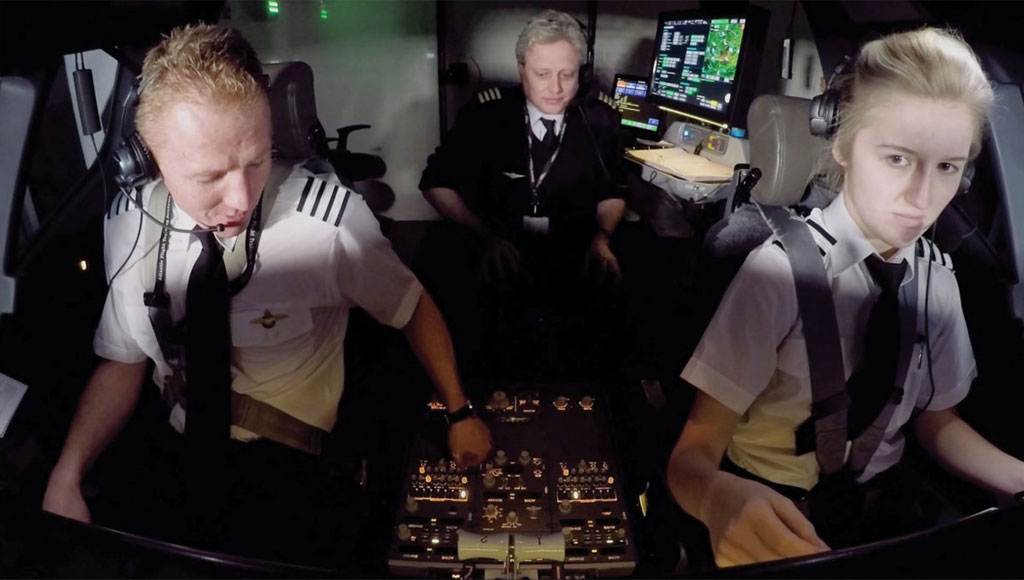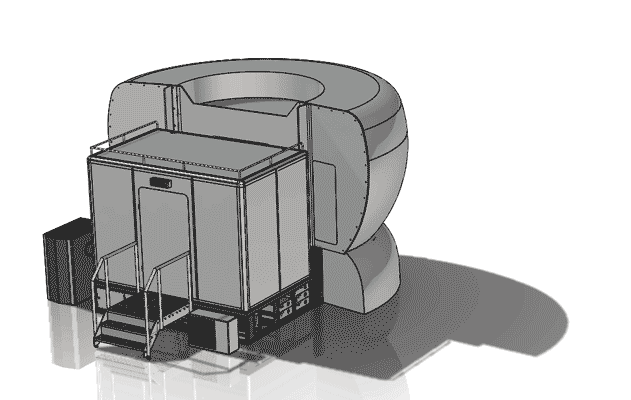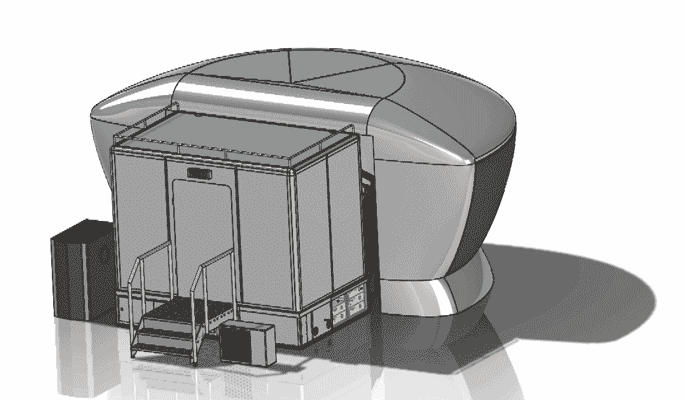Quadrant demonstrates the advances of SATCE in an MPS Flight Simulator. The Modeling and Simulation Technical Committee focuses on simulation of atmospheric and spaceflight conditions to train crews and support design and development of aerospace systems.
Aerospace sciences: Simulating air traffic control for training pilots
Today, even in the most sophisticated flight simulators used for pilot training, the role of air traffic control, ATC, is played by the instructor. Flight crew experiences can vary due to differing instructor skills and focus. Additionally, other moving aircraft are rarely simulated. With vacant taxiways, runways and airways, the synthetic environment is sterile and quiet when compared with increasingly busy traffic levels in the real world. Combined, these limitations result in lighter crew workloads in the simulator than in actual operations.
Advances in artificial intelligence, speech recognition and synthesis are prompting a resurgence in simulating the ATC environment for training scenarios. This technology promises to increase immersion, to offer more realistic workloads by fully automating the ATC function and introducing realistic traffic, and to free up the instructor to focus more on core observation and training tasks. Simulating the ATC environment has progressed to the stage that international guidance and requirements are being revised for its use. Trials look promising and several major airlines have expressed interest, even though it is not yet mandated by regulation.
As a follow-up to experiments performed in 2017, two level-D training simulators at the FAA Aeronautical Center in Oklahoma City were used this year to verify possible simplified go-around criteria for commercial transport aircraft under different environmental conditions. While most airlines have stabilized-approach criteria as part of their standard operating procedures, a 2012 Flight Safety Foundation study showed crews conduct a go-around only 3 percent of the time when outside of these criteria. The simplified criteria developed in these experiments hopefully are more in line with current airline operations and would ultimately contribute to improving the current go-around compliance rate.
A study to help define parameters for simulator benchmarking was completed in June on the vertical motion simulator, VMS, at NASA’s Ames Research Center in California and in August on the Simona Research Simulator at Delft University of Technology in the Netherlands. The same experiment was conducted in both simulators, investigating the effect of different motion-filter orders on pilot control behavior and performance. Results of this comparison between the VMS and Simona will help to provide insights into benchmarking standards important for replicating human performance results in flight simulators.
The FAA has mandated pilots be trained in full stall and upset recovery starting in 2019. Because this training involves more maneuvering than typical airline training tasks, additional burdens are placed on a simulator in order to provide adequate motion cues. Optimization of those cues may lead to improvements in transferring skills learned in a simulator to actual flight. Experiments were conducted this year at the NASA Ames Research Center’s VMS to investigate motion cueing for stall recovery training. The VMS was chosen because it can simulate small hexapod motion and much larger motion closer to real flight. The experiment findings will be used to publish motion cueing guidelines for effective stall recognition and recovery training.
In preparation for future integration of unmanned aircraft systems into the naval fleet and on aircraft carriers, Systems Technology Inc. this year developed the on-Deck Intelligent Aircraft Body Language Observer system, or DIABLO, which combines inertial measurement unit-embedded signalman wands and machine learning to facilitate gesture recognition and communication between on-deck aircraft directors and unmanned aircraft taxiing about the carrier deck. This system was evaluated in Manned Flight Simulator’s Lab 8 dome simulator at Patuxent River Naval Air Station, Maryland, in which an aircraft director with DIABLO signalman wands interacted in a simulated aircraft carrier deck environment and with an unmanned aircraft taxiing along the deck. The results and feedback from the directors show promise that this system could be the solution to communication between deck personnel and an unmanned plane.


